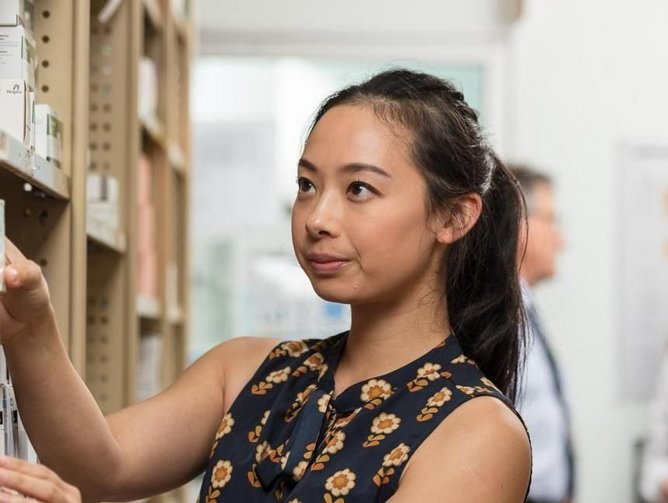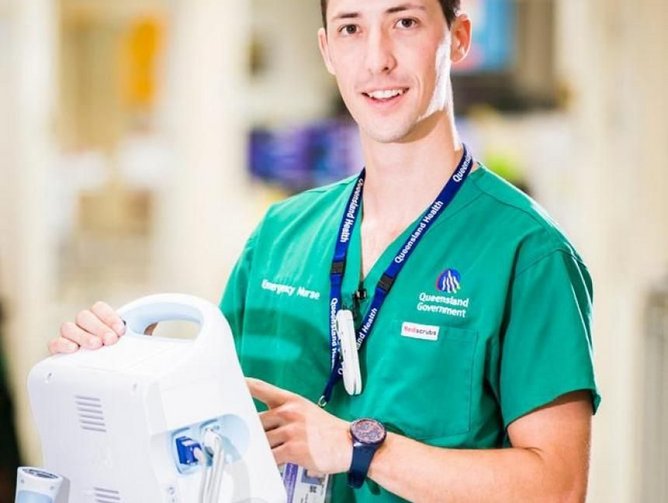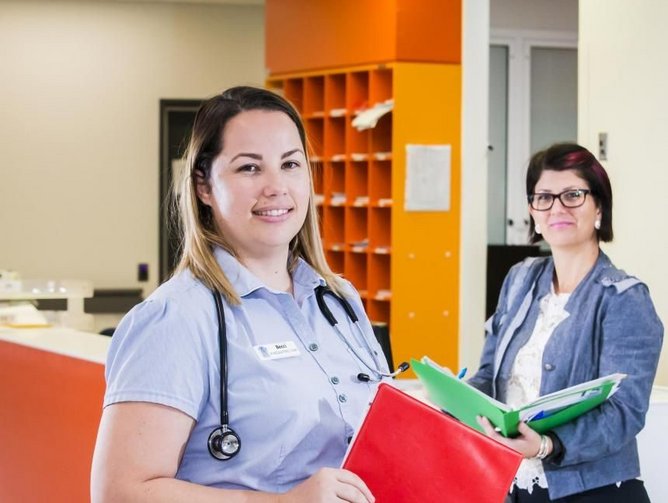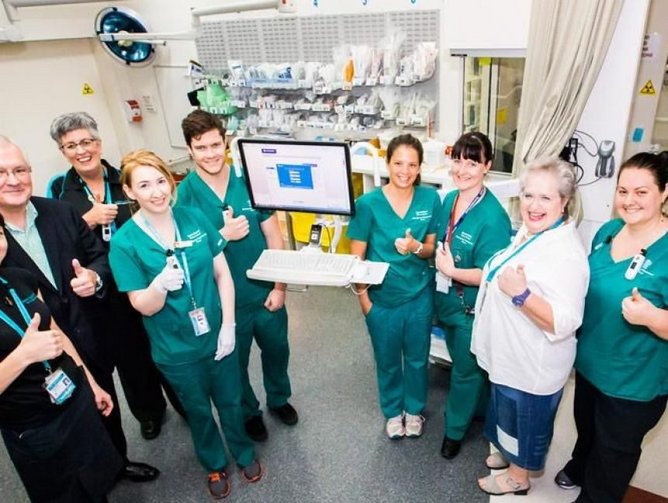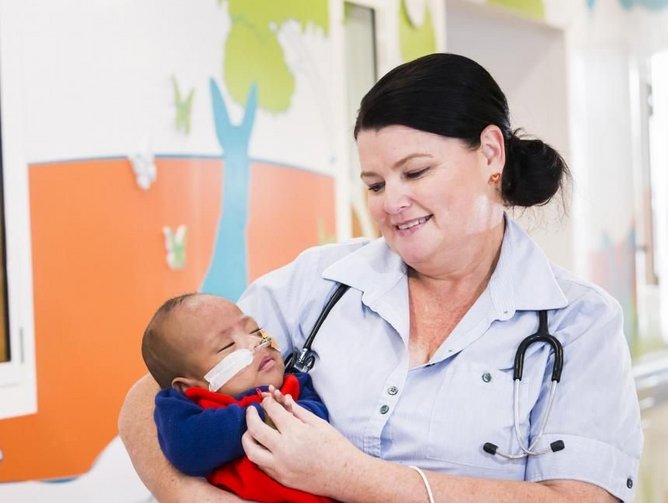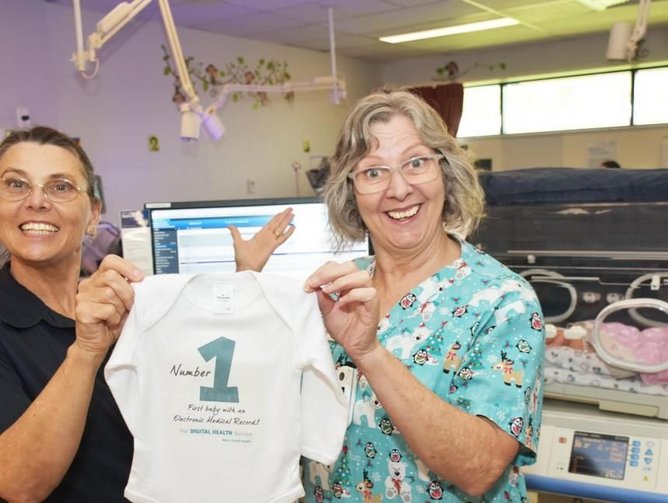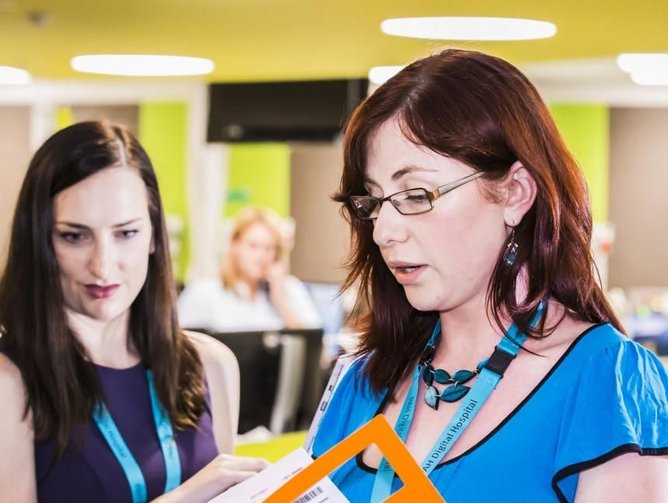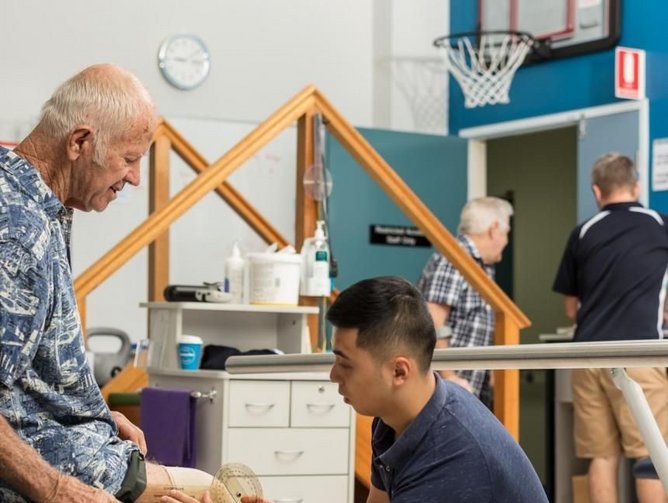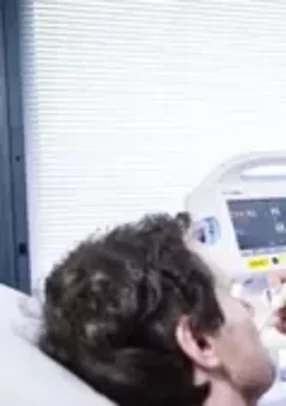How Metro South Health is improving patient outcomes with data analytics
Metro South Health provides healthcare services to 1.3mn people in Brisbane city with five in-patient facilities offering a total of 2,100 beds. It became the first digitalised health service in Australia following the recent implementation of its integrated medical record (IMR). “Both the executive and the senior clinical leadership group see this as a unique and exciting platform to be able to innovate from,” says Metro South Health CIO Cameron Ballantine, who believes it’s vital in order to converge additional technologies and bring a higher level of efficiency and productivity to the health system.
Innovations are welcomed at Metro South Health but for Ballantine, the key to healthcare is integration: “Integrating different siloed systems and applications to be able to present a more holistic and real time view of patients’ information to clinicians is critical to delivering the efficiencies and productivities we need to generate out of the system.” Clinicians at Metro are embracing real time access to data and analytics via the cloud. “It’s been hugely beneficial to us to be able to utilise that more agile higher level of compute power to ensure that patient level data is delivered through our enterprise data and analytics service in real time to help clinicians make decisions whilst they're dealing with a patient,” explains Ballantine, who notes a 50% increase in the early identification of deteriorating patients thanks to the approach.
One of the pillars of Metro’s digital health strategic framework is business intelligence. “We're looking at partnering with both different sectors of industry and academia to look at use cases and run precision analytics and machine learning,” reveals Ballantine. “For example, we would look at predictive analytics in and around our emergency departments. At a given point in the day, we run a machine learning algorithm over it to analyse the acuity and seriousness of the conditions of the patient in ED, and that will present information to the clinical decision makers about what they need to address next to avoid the ED becoming congested.” Currently, Metro is partnering with a vendor to develop this solution, which will build on its existing real time patient information including the number of patients, their condition and their stage in the care cycle.
Managing the flow of care is a priority for Ballantine with tertiary level emergency departments in Queensland under inordinate stress across the system. “We’re trying to look for efficiencies of patient flow, from our ambulance services into the ED and into our hospitals,” he says. “Because those types of initiatives can only benefit the public and the patients that are being admitted to hospital.”
Metro South Health’s long-standing partnership with Vocera Communications has played a big part in delivering those patient benefits. “They’re not just selling us a product,” asserts Ballantine. “They work with us to meet the organisation’s goals.” The voice grade wifi Vocera provides allows clinicians to contact other clinicians, internal or external to the organisation, and share or seek information about the patient they're dealing with in real time. “We did a time and motion study prior to the implementation of Vocera,” explains Ballantine. “Following its integration, we learned it was putting 45 minutes back into the clinician’s day over an eight hour shift, increasing the time they can spend providing patient care. It’s been inordinately beneficial.” He reveals a case where a physio was doing exercise work with a patient in a stairwell when they became unwell. Having Vocera allowed for assistance to be summoned immediately, improving patient outcomes in an emergency.
Ballantine believes Metro South Health understands how technology and healthcare are converging: “IT is no longer a service into healthcare: it is fundamentally part of healthcare. Whilst it will never take away that doctor, nurse or allied health professional dealing with a patient one on one, it’s able to augment how that interaction occurs.”
Metro South Health opened Australia’s first digital hospital in 2015, which, thanks to IMR, has seen re-admissions decrease by 18%. What has it learned from the successes with Princess Alexandra Hospital and how will this further support the roll out of its Digital Hospital Program? “We experienced a myriad of unrealised efficiency and benefits,” affirms Ballantine of what he sees as more than just an IT project. He is proud of the community outcome that enables rural country hospitals (such as Beaudesert) to offer a connected service for patients, minimising the need for transfers while allowing them to be treated in their hometown.
Ballantine comes from a clinical background. Having spent nearly a decade working as a nurse in a tertiary level intensive care unit, he understands the concerns of clinicians and how best to manage change. “This business change process and the integration of the project needed to come from the clinicians. When we were building the application, the clinical work had to inform how the project was going to process so the clinical fraternity could own the application. They had to understand where the efficiencies were going to come for them, how it was going to affect their day, and the clinical safety and quality aspects it was going to deliver for their patients.”
While meeting the challenge of proactively embracing technology, Ballantine sees an opportunity to revolutionise healthcare in Australia by reducing the risk associated with drug treatments, particularly insulin and blood thinners. “We've been able to leverage a centralised repository of data and use analytics to put the information in front of the relevant specialties,” he explains. “It reveals where the patients are in the hospital that are on these drugs, and what their current results are, along with physiological observations such as blood pressure so they can make the best decision on how a patient is to be treated.”
Looking ahead, Ballantine is excited about broadening Metro’s digital approach to care with its Future Labs initiative: “We’ll be opening the doors to issues clinicians are seeing, to bring design thinking and agile principles to work through a problem over a short period of time with the clinical groups to come up with a product or a solution that would assist in resolving an identified issue.” Allied to this, Metro will also be encouraging practitioner education through research initiatives in Brisbane with the proposed Digital Collaboration Centre. Beyond what Metro is able to achieve in patient care, Ballantine is pleased about its emerging virtual care hub. It’s exploring the potential of wearables to feedback information from chronically unwell patients who have been discharged, allowing clinicians to offer them regular advice and support.
Pushing into the next decade, Ballantine is keen to see an executive approved, clinically endorsed strategic digital health framework in place. “Going forward, I would like to be working with our clinical colleagues to prioritise the next pieces of technology we'll deliver to further converge technology with healthcare and ultimately provide better health outcomes.”
